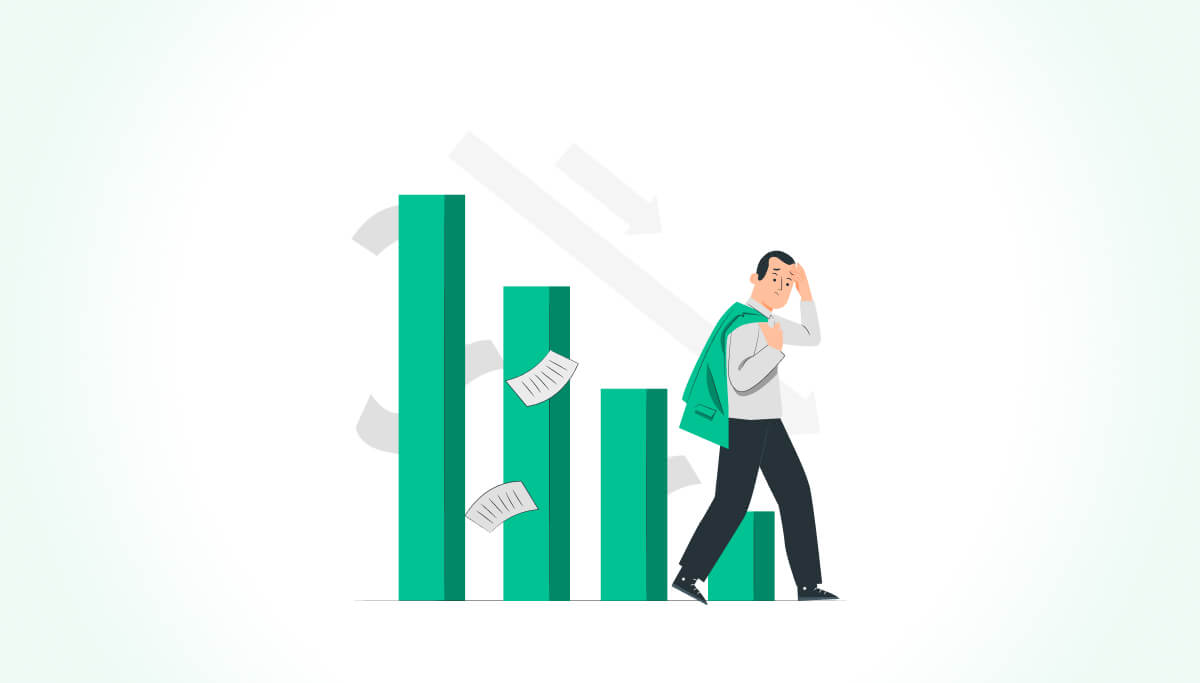The fact of the matter is it’s far easier to sell to an existing customer than a new one, which is one of the reasons why your business should think about focusing on customer retention. You have between a 60 and 70% chance of selling to an existing customer, while the chance of closing a sale to a new customer is between 5 and 20%.
These odds lead businesses towards emphasizing retaining their loyal customer base and promoting sales for these customers. For SaaS companies in particular, the likelihood of renewing their subscription and being open to cross-sells and upsells makes your existing customer base highly valuable.
When you chase the dragon of new customers, you could be leaving valuable profits on the table. While all SaaS businesses need new customers to grow, you also need to pay attention to retaining and nurturing your existing customers to ensure a stable income.
What is Customer Acquisition?
Customer acquisition is the process of persuading new customers to buy your products. Businesses usually have a strategy to attract new customers, which includes the steps of attracting new leads, nurturing those leads and then converting those leads into customers. Customer acquisition cost (CAC) is the total cost of moving your customers through all of these stages.
44% of companies focus on customer acquisition whilst only 18% focus on retention.
What is Customer Retention?
Customer retention refers to the ability of businesses to retain their customers over time, and is usually expressed as a metric that businesses can track. So while customer acquisition seeks out new leads, customer retention emphasizes keeping customers you already have. Customer retention also requires a strategy but very few businesses proactively and formally approach it. It’s an important metric for SaaS companies, and is the direct opposite of churn.
How Acquisition and Retention Drive Growth
The combination of acquisition and retention are two key strategies for SaaS businesses that want to drive growth. Both acquisition and retention are a source of revenue and demonstrate that your business is offering a successful product. Acquisition and retention are concerned with selling to customers and therefore both are key to growing your SaaS business.
Acquisition grows your customer base
The reason acquisition is so important is because it actively grows your customer base. On the most basic level, more customers equals more potential for revenue, and bringing more customers into the funnel gives you more opportunities for cross-sells and upsells later down the line. Ensuring that your total number of customers keeps expanding is a core priority for any business.
Retention grows customer lifetime value
When you retain more customers on a subscription basis this results in a growth of customer lifetime value, which is a measure of how much a customer spends with you in the duration of their whole relationship with your company. A higher lifetime value offsets customer acquisition cost and ensures that each customer becomes more valuable to your business.
How Much of a Company’s Business Comes from Existing Customers?
65% of a company’s business comes from existing customers, meaning that you need to look after these loyal fans. Existing customers are an important source of revenue, especially for SaaS businesses that rely on subscription renewals and customers expanding their packages.
It’s a well-known fact that the Pareto Principle states that 80% of your revenue comes from 20% of your customers. This means businesses need to pay close attention to the minority of customers who are bringing in most of their revenue.
For SaaS companies, they need to have customers renewing their subscription to offset customer acquisition cost (CAC) and increase customer lifetime value. Suffice to say that the majority of a SaaS company’s business comes from existing customers, and therefore your company needs to focus on cultivating these relationships.
Customer Retention Stats that Will Change the Way You Do Business
Increasing customer retention by 5% can increase profits by 25-95%, meaning customer retention has the potential to make a huge impact on your bottom line. The average customer retention rate for SaaS is 35%, which is a benchmark for your business to aim for when improving your customer retention efforts. 82% of companies would agree that customer retention is cheaper than acquisition. It simply makes good business sense.
When you understand the potential for increasing profits through better customer retention, you’ll completely change the way you do business by prioritizing existing customers.
Stats That Prove the Importance of Customer Retention
It costs a business an average of $243 to lose a customer, making churn a very costly endeavor. It’s far better to retain a customer. It costs five times as much to attract a new customer than to keep an existing one. Existing customers are 50% more likely to try new products and 31% more likely to spend more compared to new customers.
Even though customer retention may have been neglected in the past, it’s never too late to retain more customers and ensure that you are operating a sustainable business model.
Should my Business Focus on Acquisition or Retention?
The simple answer is that your business needs to focus on both if you want to achieve success. A steady stream of new customers combined with an enthusiastic fan base of existing customers means that your business can continue to grow sustainably and also use old customers to attract new customers in a virtuous circle.
A business that neglects its existing customers is going to lose revenue in the long-term, since there is only a limited supply of new customers available. You may grow steadily for a while but you will experience a slump as customers wonder why so many are leaving your business and also posting negative reviews online.
Whilst both acquisition and retention are important, businesses tend to favor acquisition over retention which results in lost profits and opportunities. You always need new blood in the business but this shouldn’t come at the cost of retaining the old guard.
To gain deeper insights into Churn360, we recommend setting up a demo with one of our experts for a detailed walkthrough
Book a demo
What Are the Costs of Acquiring New Customers vs Retaining Old Ones?
Customer retention costs around one sixth of what it costs to acquire new customers, which shows that customer retention is much cheaper than customer acquisition. Reasons for this include the fact that existing customers are more open to your company’s products and brand, and their level of trust in your business is higher.
That means not only does the majority of a SaaS business’s revenue come from existing customers, but it is also significantly cheaper to sell to your existing customer base. Therefore, customer retention is a win-win for SaaS companies that want to drive profits without spending too much in the process.
Wrapping Up
SaaS businesses that pay attention to customer retention can’t go far wrong. By all means bring new customers into the business through acquisition channels, but don’t forget to carefully nurture those loyal customers who have the potential to spend more with your business. While customer acquisition might appeal to shareholders, customer retention results in long-term sustainability and success.
You can’t have one without the other. And if you focus on customer retention, these successful users of your product will go on to recommend it to others, which also increases acquisition with very little effort on your part. Word-of-mouth recommendations and online reviews are some of the best ways to attract new customers and generate high-quality leads.
Ultimately, SaaS businesses aim to have customers renewing their subscription, and ideally upgrading to higher tiers. That’s why customer retention is so important, as is cultivating loyalty and encouraging customer satisfaction.


